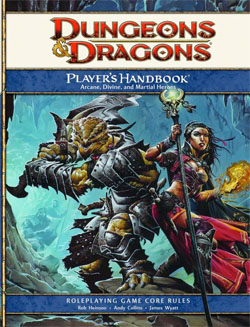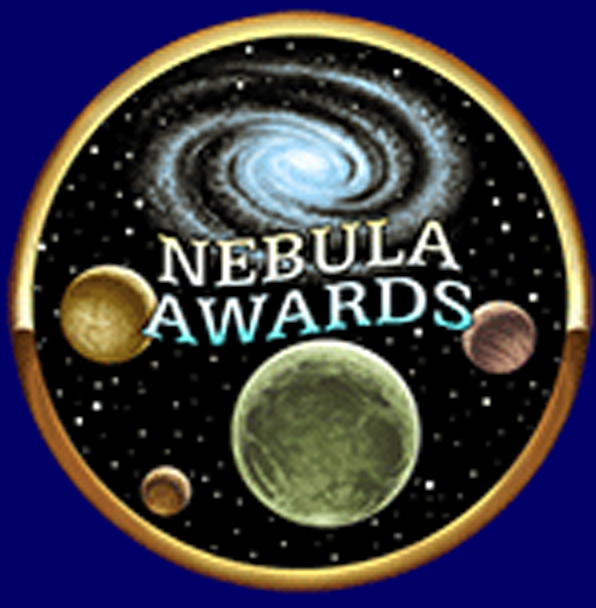“I have become Death, Destroyer of First Chapters”
Having written five novels beyond at least the first draft stage, I’ve noticed a trend. In each of them, with a single exception, the original first chapter either got cut, moved to another berth in the novel, or got re-tooled so extensively that it was no longer recognizable.
I didn’t set out in any of these cases to follow the adage about “cutting the first three chapters.” I find most writing maxims and sayings cute slices of wit, occasionally instructive, but disposable on a case-by-case basis. But I seem to have followed this one with lock-step dedication without even thinking about it. Most other writers I’ve talked to have noticed a similar machete-wielding brutality toward their early chapters when the time comes to dig into the second draft.
Why does this seem to happen so often? After all, first chapters usually are the section of the book that writers have the most solidly defined in their heads before they sit down to pound out that first draft. Even if the writer doesn’t work from an outline (I do, but that’s a subject for another post) he or she often has the full “move clip” version of that awesome opening all queued up and ready to play. “I’ve got this terrific opening,” the writer likes to say to friends. “I’ve even composed the perfect first line.” Some people hatch an entire novel from thinking of one single eye-grabbing opening sentence.
And yet, this first chapter often ends up scrapped, re-located, refurbished, or replaced with a Winnie-the-Pooh ride.
 Fourth Edition Dungeons and Dragons has been with us for about a year now; long enough for the gaming community to get a pretty good taste of it. I’ve been hearing various reports from gamer friends about the system, and opinions of it have fallen across a roughly tripartite spectrum, from favorable to neutral to negative. Among these views, though, there is agreement that this isn’t the same old Dungeons and Dragons. Fans of Fourth Edition sometimes call it a “transformation,” or point out, “This time around they didn’t have any sacred cows. They were ready to change anything.” Critics have generally agreed that “It might be a game some people like, but it’s no longer D&D.”
Fourth Edition Dungeons and Dragons has been with us for about a year now; long enough for the gaming community to get a pretty good taste of it. I’ve been hearing various reports from gamer friends about the system, and opinions of it have fallen across a roughly tripartite spectrum, from favorable to neutral to negative. Among these views, though, there is agreement that this isn’t the same old Dungeons and Dragons. Fans of Fourth Edition sometimes call it a “transformation,” or point out, “This time around they didn’t have any sacred cows. They were ready to change anything.” Critics have generally agreed that “It might be a game some people like, but it’s no longer D&D.”
 More snarking and snarling at the expense of the stories nominated for this year’s Nebula Awards, this time directed at those in the “novelette” category.
More snarking and snarling at the expense of the stories nominated for this year’s Nebula Awards, this time directed at those in the “novelette” category. Watchmen (2009)
Watchmen (2009)